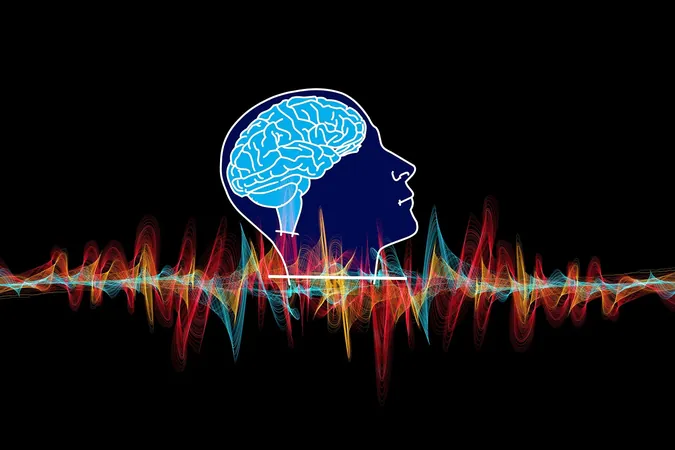
Revolutionary Brain Wave Imaging Technology Could Transform Disease Research and AI
2025-07-16
Author: Arjun
Imagine spotting the intricate dance of brain waves as they ripple through the mind—this fascinating phenomenon is now clearer than ever, thanks to groundbreaking technology developed by a Stanford-led research team.
Published in the esteemed journal Cell, this innovative approach uses two ultra-sensitive optical devices that detect genetically engineered proteins known as "voltage indicators." These tools reveal crucial neuronal brain wave activity in mice, marking a significant leap in neuroscience.
As researchers dived into this exploration, they uncovered three types of brain waves previously unseen. "We’re gaining a comprehensive view of how waves traverse the brain," said Mark J. Schnitzer, the study’s senior author and a prominent professor at Stanford.
In contrast to traditional electrodes that pinpoint specific brain activities, Schnitzer's optical devices utilize light technology, enabling real-time imaging of brain waves. This advancement allows scientists to focus on intricate details tied to specific neuron types.
The quest to untangle the mysteries of brain waves began over a century ago, with German physician Hans Berger’s pioneering work with early electroencephalography (EEG). Today, scientists understand that irregularities in these waves may signal various diseases, including Parkinson’s, Alzheimer’s, epilepsy, and schizophrenia.
This new technology, stemming from over ten years of rigorous research on optical techniques called TEMPO, offers unprecedented clarity. The research team showcased two exceptionally sensitive instruments: one a fiber optic sensor ten times more sensitive than predecessors, and the other an optical mesoscope capable of providing expansive images of the neocortex.
Remarkably, the researchers documented several previously unrecorded brain waves, including two distinct types of beta waves—associated with high alertness—intersecting at right angles. Duelling waves? Yes, indeed!
They also observed a theta wave—generally linked to memory processes—traveling in an unexpected manner, not just in one direction, but also backward. What might this imply? Could it hint at a backpropagation mechanism akin to the learning strategies used in artificial intelligence?
Radosław Chrapkiewicz, co-lead author and engineering director in Schnitzer's lab, commented, "It appears the brain has an internal clock that synchronizes its neural activities, but these traveling waves may also reorganize circuits over vast distances." This revelation could hold significant implications for bio-inspired AI technology.
While much remains to be explored, this revolutionary technology is set to transform the landscape of neuroscience and AI development. Research scientist Simon Haziza notes, "We are only beginning to scratch the surface; the applications for understanding brain dynamics are vast."
Acknowledgment is also due to the dedicated team behind this research, including doctoral student Vasily Kruzhilin, who developed innovative computational techniques, and biology specialist Yanping Zhang, who contributed to the mouse models.



 Brasil (PT)
Brasil (PT)
 Canada (EN)
Canada (EN)
 Chile (ES)
Chile (ES)
 Česko (CS)
Česko (CS)
 대한민국 (KO)
대한민국 (KO)
 España (ES)
España (ES)
 France (FR)
France (FR)
 Hong Kong (EN)
Hong Kong (EN)
 Italia (IT)
Italia (IT)
 日本 (JA)
日本 (JA)
 Magyarország (HU)
Magyarország (HU)
 Norge (NO)
Norge (NO)
 Polska (PL)
Polska (PL)
 Schweiz (DE)
Schweiz (DE)
 Singapore (EN)
Singapore (EN)
 Sverige (SV)
Sverige (SV)
 Suomi (FI)
Suomi (FI)
 Türkiye (TR)
Türkiye (TR)
 الإمارات العربية المتحدة (AR)
الإمارات العربية المتحدة (AR)